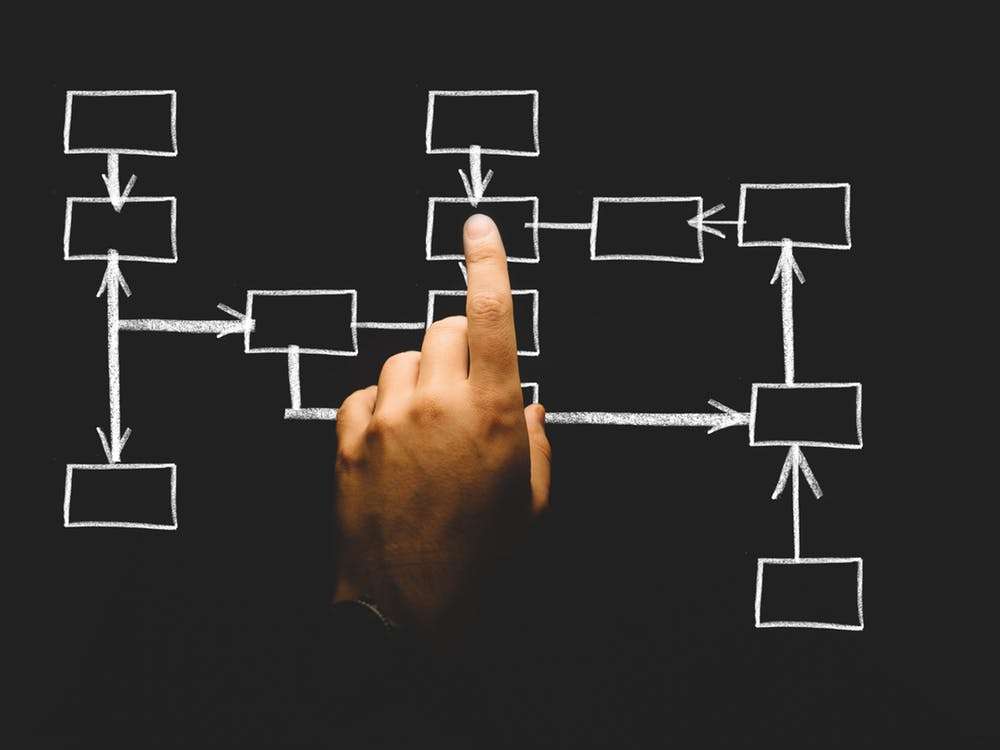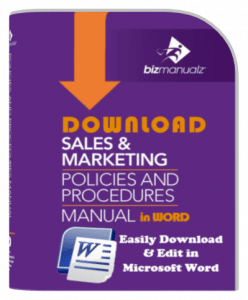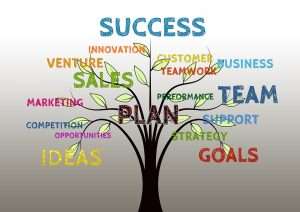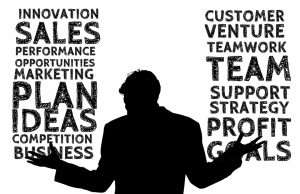Does Your End-To-End Process Deliver Your Vision?

Your end-to-end process represents your basic business model; how it satisfies customers and generates revenue to make a profit. How well does your end-to-end process deliver your vision?
What is an End-to-End Process?
Your end-to-end process is comprised of four major areas: New Product Introduction, Inquiry to Order, Order to Remittance, and Customer Improvement. These four areas represent your company; how it satisfies your customers and makes money.

For each end-to-end process area we need to understand the process flow:
- How many advertising impressions does it take to obtain an inquiry?
- How many inquiries need to be qualified to become leads?
- How many leads are needed before we can quote some business?
- How many quotes does it take to get an order?
- How many orders will reorder?
This is the basic description of your end-to-end process. In sales we call this the sales pipeline. However, this is more than a set of sales pipeline metrics you use to lead; it is a description of your business model itself.

Includes critical areas of sales and marketing:
– Marketing Plan
– Marketing Tactics
– Product Management
– Sales Process
– Sales Admin
Now, if we also track the defects that occur at each stage of the process, we can calculate the capability of our business model, or how good we are at getting and pleasing customers. Let’s examine each one to see how this information supports your strategy.
New Product Introduction
The first area of your end-to-end process is the introduction of new products. How do people become aware of your products? Typically this is done through marketing. But how good is your marketing? We only know how good it is if we examine the whole system.
Does your marketing produce good leads for sales? Do your sales people provide feedback that allows you to improve your sales marketing cycle?
Once you have begun to understand your marketing system, its effectiveness, and how it interacts with the other parts of the system, you are starting to understand how your strategy will work or not work. Areas of concern should be noted on an action items list.
Inquiry to Order
Next, think about how do you generate leads? How are leads handled? Are leads qualified and developed into clear opportunities? Are you producing cash fast enough?
What is your conversion rate from inquiry to lead to quote to order? Have you compared this to other companies, competitors or industries? If not, then how do you know if your strategy is any good?
Sales and Marketing activities are the primary sources of all lead activity. It has been said that 50% of the cost in sales and marketing is wasted. Answering the inquiry to order lead questions will help you to find out where the source of your sale and marketing waste is located.
Order to Remittance
The third area of your end-to-end process is order to remittance. What is your process for fulfillment? Have you measured your on-time delivery, % compete orders, quality and looked at your inventory? High inventory turns implies a good strategy to align all of the processes within your company. A good management leadership strategy incorporates all of your critical processes.
Many companies focus 99% of their effort on the order to remittance process. You will probably find most of your lean and six sigma improvement efforts here too. Why? Because it is the most obvious place to find waste, see waste, and the easiest to remove waste.
The only problem is that this is not where you find 99% of the waste. For most companies there is more waste in the first three processes, but many managers do not know what to look for. As a result, it is not considered for improvement or incorporated into strategy efforts.
Customer Improvement
How do you keep your customers happy enough to re-order? This is about more than just a customer satisfaction survey; we are talking about working with your customer to continuously improve their business.
At General Electric they call this “At the Customer for the Customer.” GE provides training and assistance, often at no charge, in order to improve a customer’s business, save them money, and build a stronger relationship.
Your End-To-End Process Delivers Your Vision
Current six sigma thinking introduces this external customer focus as a way to contract the entire supply chain from the supplier to the customer. If you want to really improve your organization then at some point you will have to move outside your own company and incorporate your suppliers and customers in a much closer (read trusting) supply chain relationship than you can imagine.
Once you have done this, then you are able to truly create a strategy with a competitive advantage. After all, isn’t this what strategy is all about? Once you have strengthened these four areas in your end-to-end process, you can successfully deliver your vision.















Leave a Reply